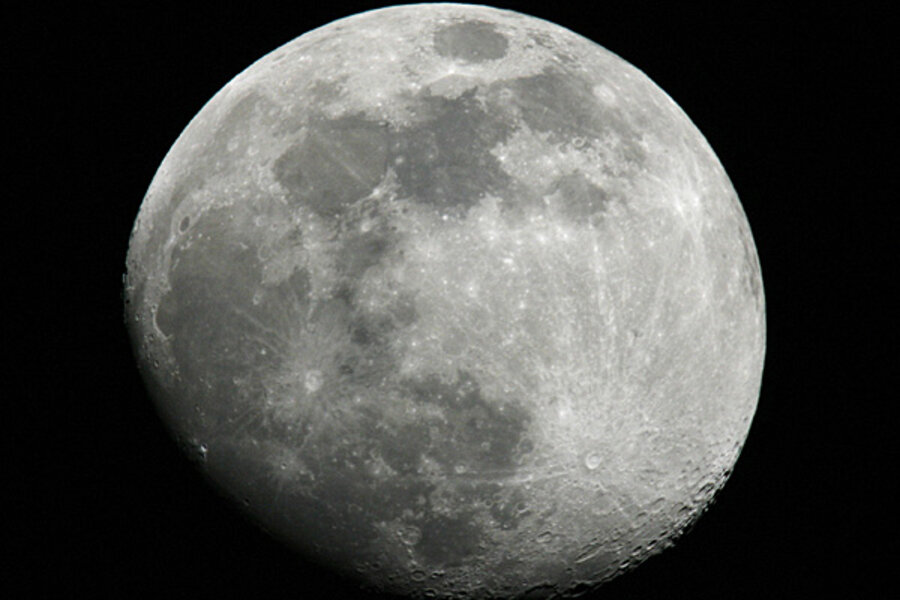One small step for solar? Firm envisions solar panels on moon.
Loading...
Space-based solar panels have been researched by some of the more fanciful scientists on the planet for quite some time based on the clear advantages that such technology would have over earth-based solar panels; such as 24 hours sunlight and no interference from weather patterns. Now a team of Japanese engineers have added a slight twist to the idea and decided to place solar panels on the moon.
Shimizu, one of world’s largest architectural, engineering, and construction firms, has drawn up plans to install a solar belt around the moon's equator that would collect energy from the sun and beam it back to earth in the form of microwaves and lasers. On earth it would be collected by special receiver stations, converted into electricity and then fed into the national grid. (Related article: New Efficient Materials Promise a Photovoltaic Revolution)
Aware of the difficulties of constructing arrays in space, Shimizu intends to use a fleet of remote controlled robots to install the Luna Ring, which would stretch across the entire 6,800 mile lunar equator, with a width of 248 miles. That comes to a total area of solar panels of 1,686,400 square miles, enough to generate 13,000 terawatts of energy.
Shimizu’s engineers have calculated that the moon’s equator receives a steady stream of solar energy, and just like the panels in space, it does not have to worry about interference from weather formations. They state that “virtually inexhaustible, non-polluting solar energy is the ultimate source of green energy that brings prosperity to nature as well as our lives.” (Related article: New Efficient Materials Promise a Photovoltaic Revolution)
As crazy as this may sound, NASA has actually been investigating the potential of space-based solar for some years, and is looking to test some of its ideas with the genuine aim of creating a solar industry in space. Shimizu is just as confident, expecting to demonstrate the idea as soon as 2020, and then begin actually construction on the moon by 2035.
Obviously such a radical idea is not without its critics. Professor Werner Hofer, the director of the Stephenson Institute for Renewable Energy as the University of Liverpool, explained that “doing this in space is not a good idea because it is fantastically expensive and you probably never recover the energy you have to invest.”
Original article: http://oilprice.com/Latest-Energy-News/World-News/Japanese-Firm-Wants-to-Install-a-Solar-Belt-around-the-Equator-of-the-Moon.html







